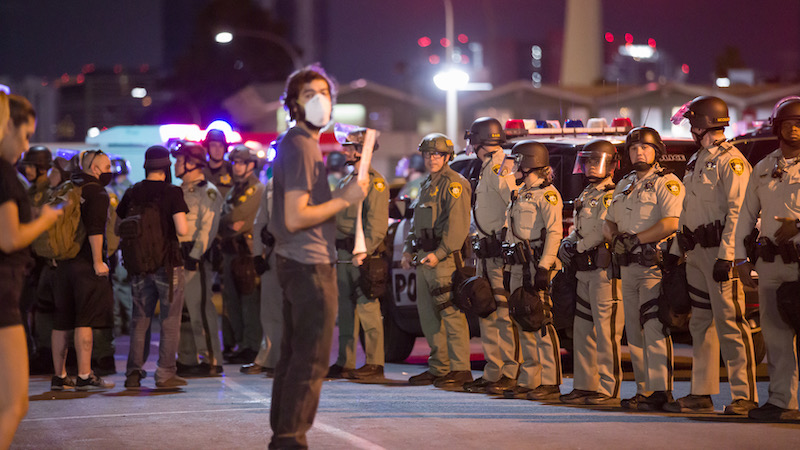This is part of a series on Milton Friedman’s “Free to Choose.”
In my previous post, I shared Milton Friedman’s thoughts on why international trade is bad for an economy. This is part six of the series on “Free to Choose“ by Milton Friedman.
Often times in our political discussions with friends and colleagues we want to play the role of doctor and figure out what the source of pain is. We can both agree on what the symptoms are, but we may have different answers for the cause. In the third chapter of his book, Friedman’s diagnosis of the source of economic crisis is government. Surprised?
The beloved economist thought that one of the major onsets of the Great Depression wasn’t because of the major problems with capitalism, but because of the “failure of government in an area in which the government had from the first been assigned responsibility.” That is, the responsibility to coin and regulate money (per Section 8, Article 1 of the U.S. Constitution).
Friedman believed that the Federal Reserve serves a good purpose when the correct policy is enacted, to provide cash for banks should there be any mass “runs.” A “run” is an instance when large amounts of people want to withdrawal their money from a bank, but the bank does not have enough cash on hand. After all, the bank doesn’t just take your money and lock it in a safe until you want it back! They lend it out to borrowers, invest it, etc., so as to make a profit (which allows them to pay their employees).
The Fed was created for the purpose of providing the cash needing to stave off mass runs. If there was ever a run on an individual bank, typically other banks would voluntarily come together to help that bank during the mini-crisis. But when hundreds of banks have a crisis at hand, who was to help them? The shortage of cash during runs is what caused a severe, but short-lived, recession from October 1907 to early 1908. The Fed was created in 1913 to try and prevent mass panics in the future.
The system worked relatively well until the Fed failed to do its duty in the early 1930s. Once the Bank of the United States (BUS) closed, masses began to panic. After all, the BUS was deceptively named: many of the American immigrants thought that BUS was a government-run bank, not a private one. And because of this, consumer confidence drastically dropped. The Fed was supposed to act according to the gold standard for determining how much gold should be kept. Yet in early 1930s during multiple crises, it stood by and hardly did what is needed to do.
Friedman writes, “The monetary collapse was both a cause and an effect of the economic collapse. It originated in large measure from Federal Reserve policy, and it unquestionably made the economic collapse far worse than it would otherwise have been.” He also writes that what should have happened was that the Fed should have had large-scale open market purchases so that there would have been plenty of cash available. Had the Fed “followed the rules of the gold standard, it should have reacted to the inflow of gold by increasing the quantity of money.” But instead, it did the opposite.
After the Depression, we formed the Federal Deposit Insurance Corporation (FDIC) to make sure failed banks wouldn’t create mass runs. Friedman notes, “Since 1934 there have been bank failures and some runs on individual banks. There have been no banking panics of the old style.” However, there are still some great concerns regarding the power of the Fed and what Friedman refers to “the System.” There was a major recession in 1937-38, post-WWII inflation, and other issues that make us feel like we’re on a roller coaster. “The System has not made the same mistake that it made in 1929-33—of permitting or fostering a monetary collapse—but it has made the opposite mistake, of fostering an unduly rapid growth in the quantity of money and so promoting inflation.”
If only Friedman were alive to know the horrors of the Obama administration and Ben Bernanke. Hold on tight, we’re about to go through some loop de loops.



